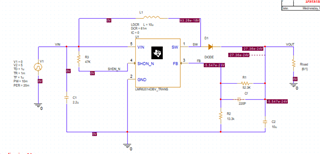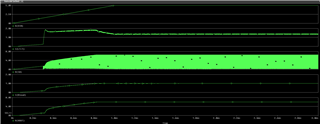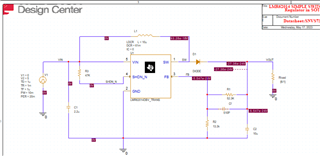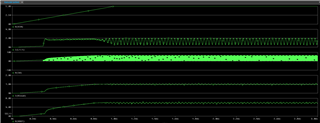Hi Experts,
Good day.
I am using LMR62014, and I was calculating the Cf (feed-forward capacitor) with the recommended frequency for the zero (fz) 6KHZ found in the datasheet and simulated it on PSPICE and the response was fluctuating.
I changed the frequency for the zero to 13.8KHZ and recalculated the Cf (feed-forward capacitor) and the system worked well in the simulation, but I don't know why.
Can you please help me understand this case?
Notes:
-Input voltage is 5V
-Output Voltage is 6V
- current needed between 0.6 and 1.4
-R1 calculated is 53.3K ohm
-Cf (while fz is 6kHZ) is almost 510pF
-Cf (while fz is 13.8kHZ) is almost 220pF
Please find the attached images for both the 220pf (A.1 and A.2) and 510pf (B.1 and B.2) capacitors. 



Please advise
Regards,
Josel

